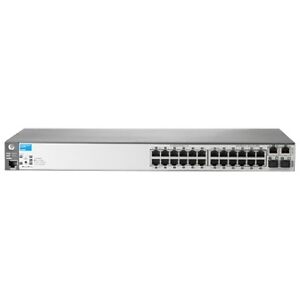I just wanted to hook up some cameras...
Wth did I get myself into..
I've read a little about bitrates, surveillance storage drives, framerate*color depth*resolution (x*y), compression methods, hardware acceleration, DNR, Vlans - I have no idea where to begin.
I want an expandable setup (because I'd like to start with maybe 2 cameras to get comfortable with, tinker) maybe up to 8 cams including one of those doorbell ones.
With an open mind, I'm starting on:
EDIT: I want to try to avoid the broad ask, actually. That's more out of anxiety than anything.
How possible and how feasible is it to stream over the internet while backing up to cloud storage?
Does this completely relieve you of a local storage and is that even a good idea to begin with?
Wth did I get myself into..
I've read a little about bitrates, surveillance storage drives, framerate*color depth*resolution (x*y), compression methods, hardware acceleration, DNR, Vlans - I have no idea where to begin.
I want an expandable setup (because I'd like to start with maybe 2 cameras to get comfortable with, tinker) maybe up to 8 cams including one of those doorbell ones.
With an open mind, I'm starting on:
- wanting a NAS that also clones or streams to cloud for remote viewing away from home. I guess doubles as cloud backup?
- no 'smart' services such as google, alexa, etc.. (cloud mentioned above is one of my own hosting)
EDIT: I want to try to avoid the broad ask, actually. That's more out of anxiety than anything.
How possible and how feasible is it to stream over the internet while backing up to cloud storage?
Does this completely relieve you of a local storage and is that even a good idea to begin with?



